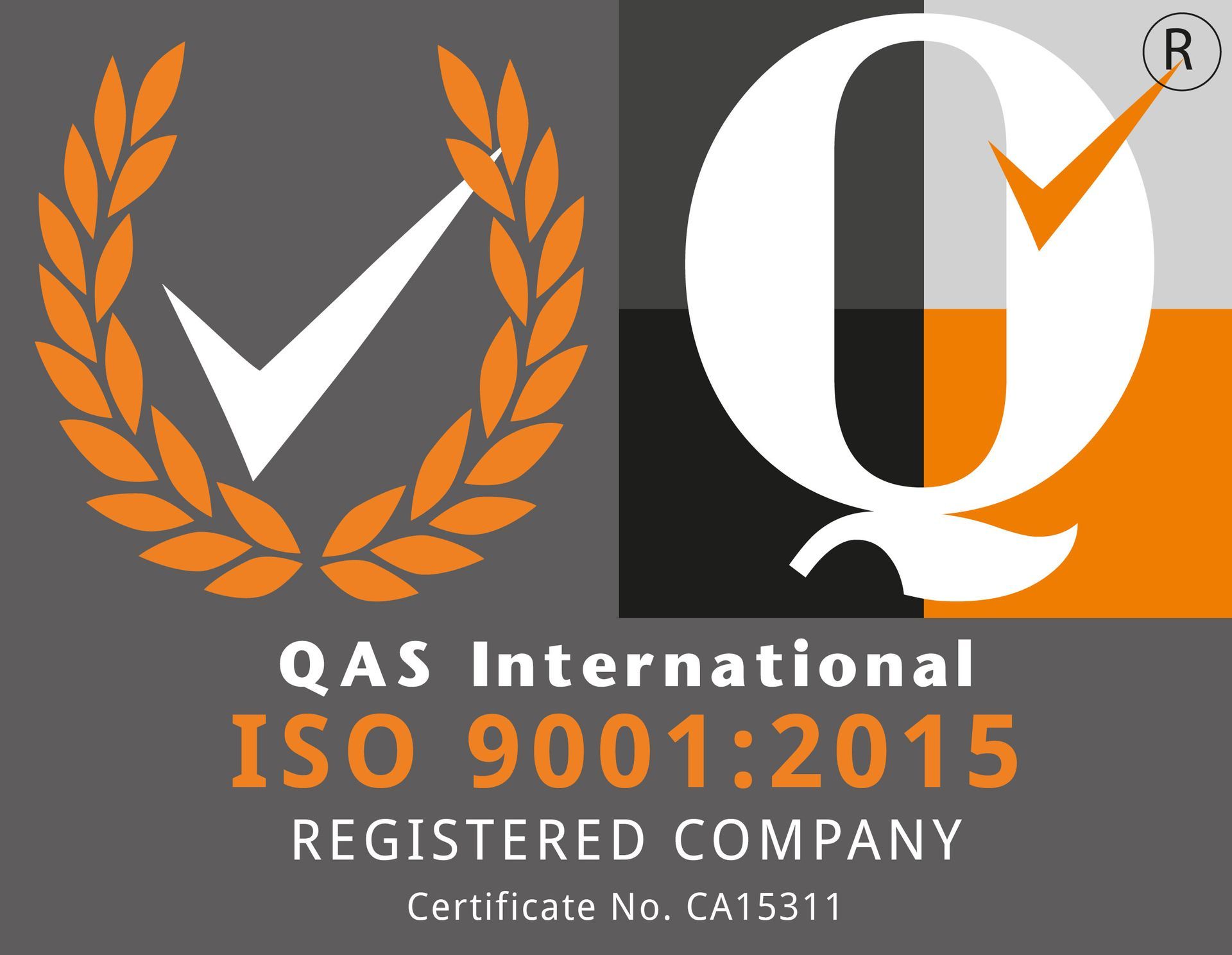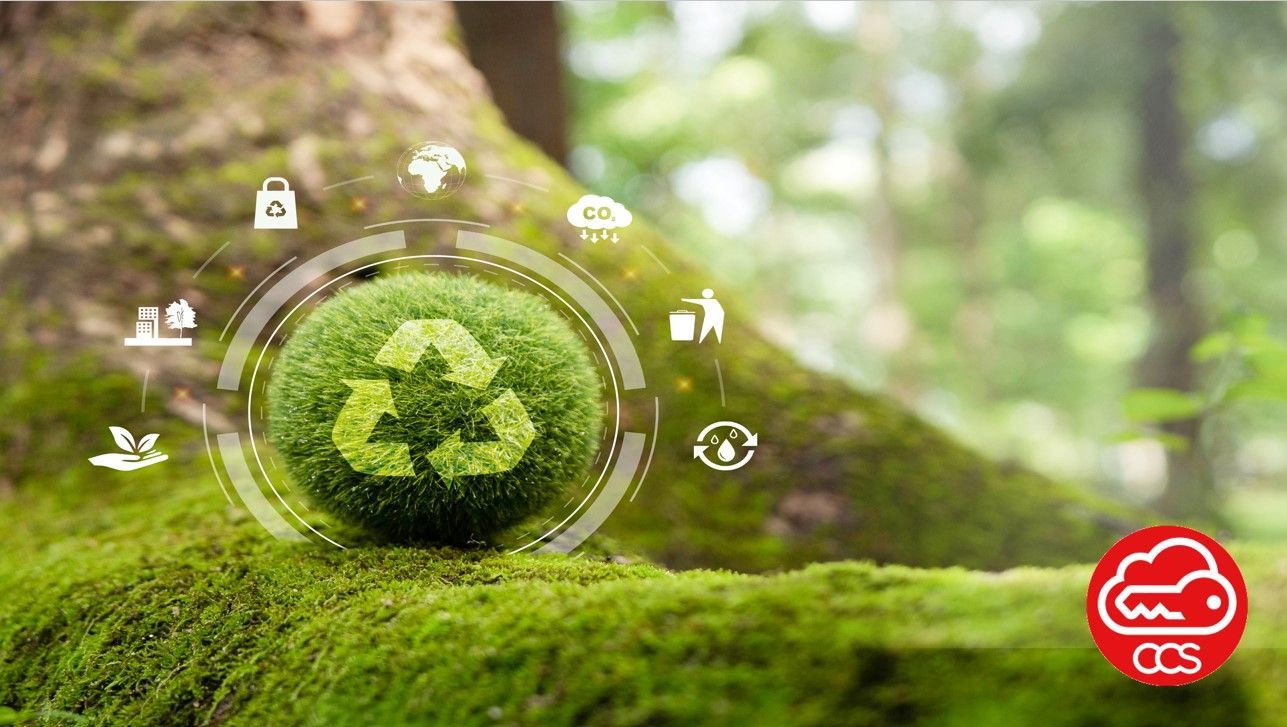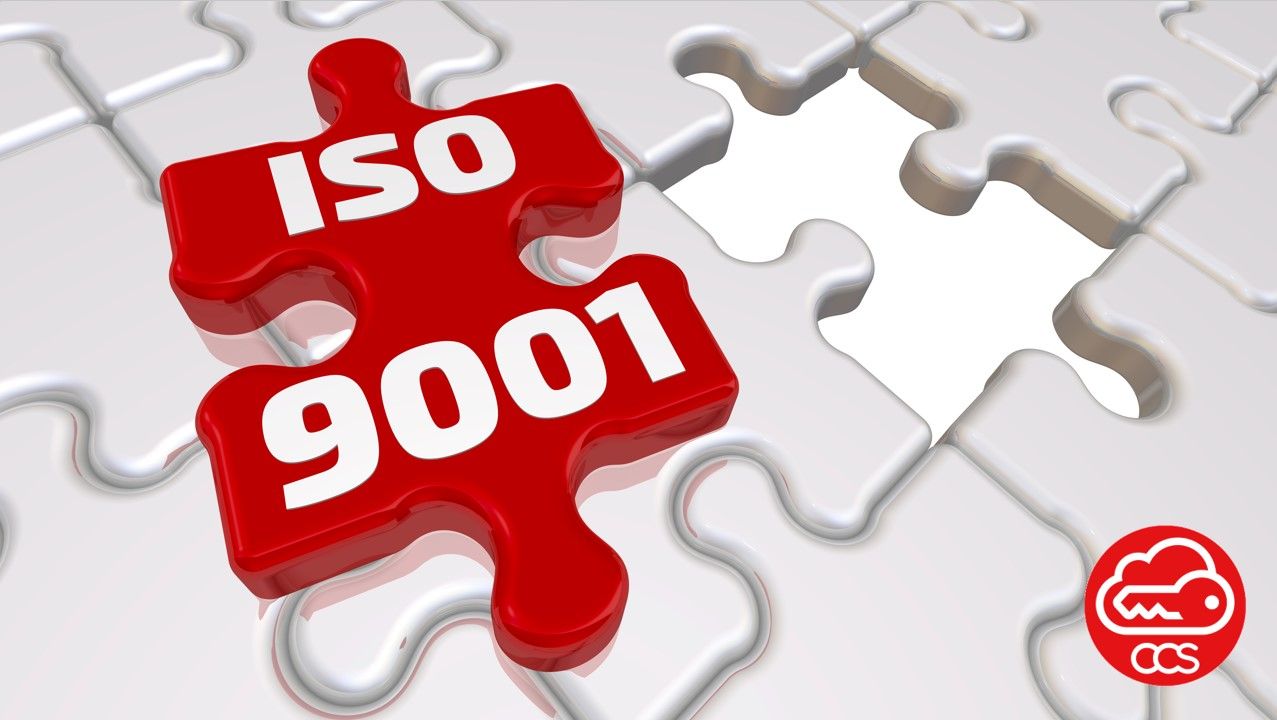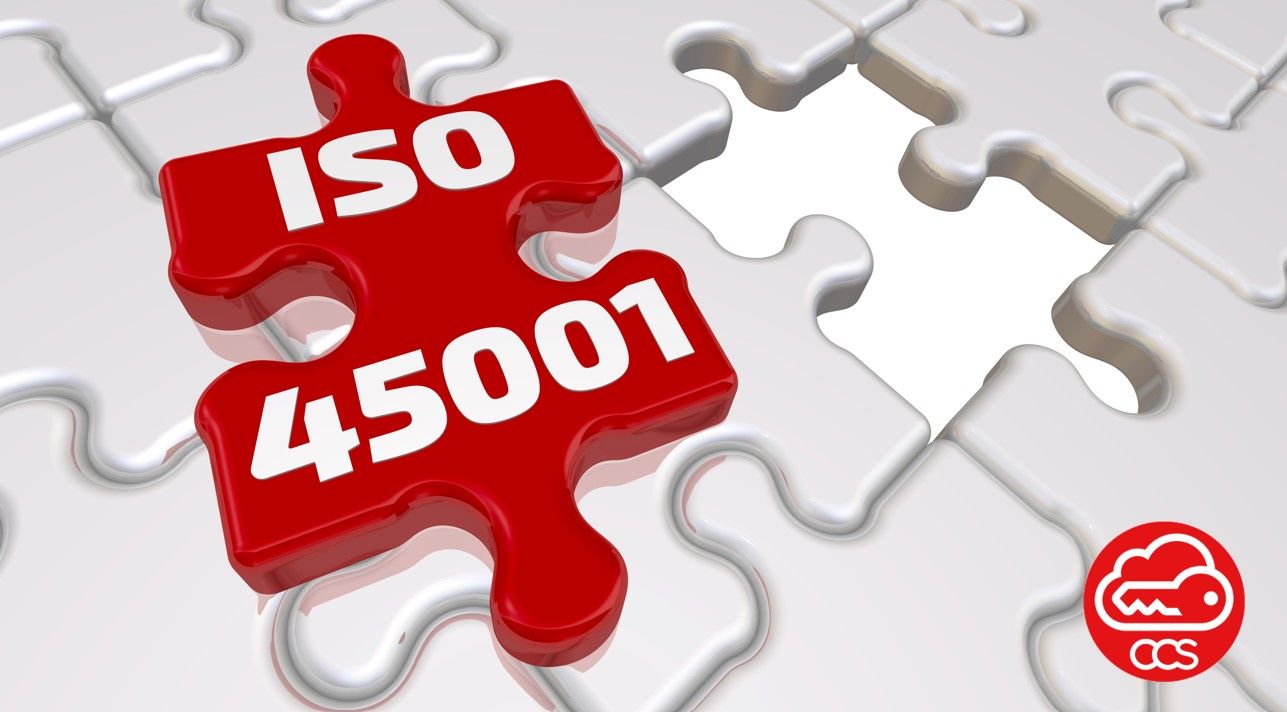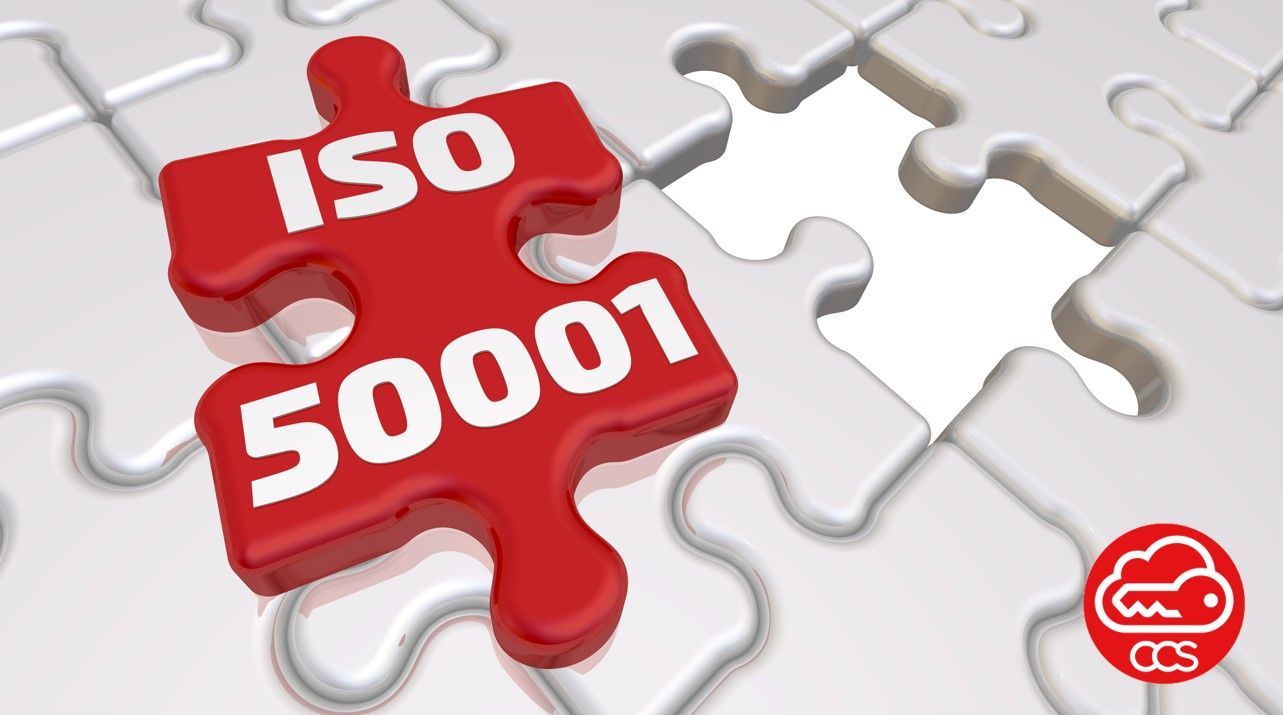ISO 14001:
Bringing Order to Environmental Chaos and Fostering Sustainable Practices
In an era of heightened environmental awareness, businesses are facing mounting pressure to address environmental chaos caused by excessive waste, pollution, and unsustainable practices. To navigate these challenges and bring order to environmental management, the International Organization for Standardization (ISO) developed ISO 14001 - a comprehensive framework that empowers businesses to identify and mitigate their environmental impacts.
In this article, we explore how ISO 14001 serves as a beacon of order, guiding businesses towards optimized resource usage, reduced waste, and long-term sustainability.
- Identifying Environmental Impacts:
- The first step in unravelling environmental chaos is to identify its sources. It provides a structured approach for businesses to conduct environmental reviews, assess their activities, and recognize potential environmental impacts. By gaining a clear understanding of their environmental footprint, organizations can prioritize areas for improvement and allocate resources effectively.
- Mitigating Environmental Impacts:
- It guides businesses in developing a strategic Environmental Management System (EMS) that mitigates environmental impacts. This entails implementing policies, practices, and procedures to reduce waste generation, conserve resources, and minimize pollution. By adhering to these measures, businesses take proactive steps towards bringing order to their environmental practices.
- Optimizing Resource Usage:
- Excessive resource consumption contributes to environmental chaos and depletes valuable natural resources. Itencourages businesses to optimize their resource usage through efficient processes, recycling initiatives, and responsible procurement practices. By streamlining resource consumption, businesses not only reduce their environmental footprint but also enhance cost efficiency and competitiveness.
- Reducing Waste and Pollution:
- Waste generation and pollution are significant contributors to environmental chaos. It fosters a culture of waste reduction and pollution prevention, guiding businesses to establish waste management programs and pollution control measures. By reducing waste at the source and adopting eco-friendly practices, organizations can minimize their adverse impact on the environment.
- Fostering Long-Term Sustainability:
- Sustainability is the foundation for order and balance in environmental management. It promotes a holistic approach to sustainability, encompassing environmental, social, and economic considerations. By aligning their operations with sustainable practices, businesses ensure their long-term viability and resilience in an ever-changing world.
ISO 14001 stands as a beacon of order and responsibility in the realm of environmental management. By guiding businesses in identifying and mitigating their environmental impacts, this standard empowers organizations to optimize resource usage, reduce waste, and foster long-term sustainability. This standard represents a proactive strategy for businesses to navigate the complexities of environmental chaos with poise, efficiency, and environmental stewardship.
In a world where environmental consciousness and sustainable practices are becoming prerequisites for success, It represents a transformative approach for businesses to bring order to their environmental practices. The standard's structured approach enables businesses to thrive while preserving the planet for future generations.
With ISO 14001, organizations can build a sustainable future, where environmental chaos gives way to harmony and environmental stewardship prevails.
